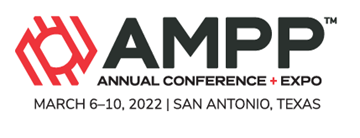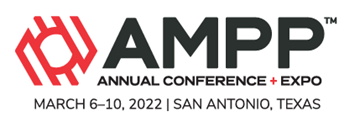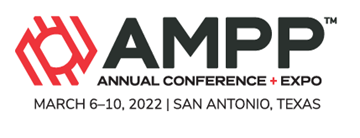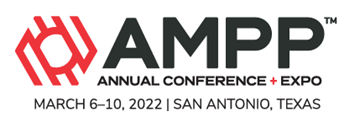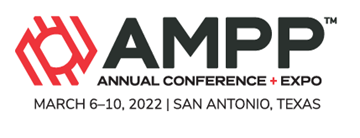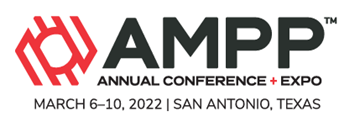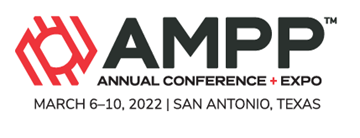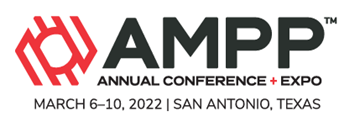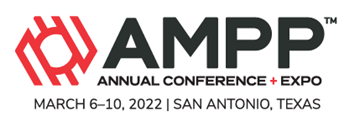Search
Coatings and Linings
View as
Sort by
Display
per page
Corrosion Condition Assessment Program For Marine Asset Management
Product Number:
51322-17750-SG
Publication Date:
2022
$20.00
Corrosion Control Guide for Exterior Surfaces of Nuclear Power Plants (E-book)
Product Number:
37611-E
ISBN:
978-1-57590-329-3
$100.00
Corrosion Control In Water Injection Pipelines
Product Number:
51322-17692-SG
Publication Date:
2022
$20.00
Corrosion In Dense Slurry And Models Performance
Product Number:
51322-17743-SG
Publication Date:
2022
$20.00
Corrosion Inhibitors In O&G Industry: A Review Of Current Application Challenges And Research Gaps
Product Number:
51322-17794-SG
Publication Date:
2022
$20.00
Corrosion Inhibitors Use: Case Study For Guinea Gulf Assets Application
Product Number:
51322-17663-SG
Publication Date:
2022
$20.00
Corrosion Investigation Of Five Stainless Steels In Oil-Gas-Water Multiphase Flow Containing H2S, CO2 And Chloride
Product Number:
51322-18121-SG
Publication Date:
2022
$20.00
Corrosion Of Gathering Pipelines In Oil And Gas Field And Its Mitigation Measures In China
Product Number:
51322-17741-SG
Publication Date:
2022
$20.00
Corrosion Perforation Failure Analysis Of Inside Coating Sewage Pipeline
Product Number:
51322-17704-SG
Publication Date:
2022
$20.00
Corrosion Performance of Chemically Modified Multiwall Carbon nanotube Epoxy-Amine Coating Systems on Steel Substrates
Product Number:
41216-956-SG
Publication Date:
2016
$20.00
Corrosion Performance Of Various Types Of Welded And Seamless Tubulars Of Ni-Mo And Ni-Cr-Mo Alloys In Standard Acids And Other Selected Environments
Product Number:
51322-17619-SG
Publication Date:
2022
$20.00
Corrosion Properties Of UNS S83071, Super Duplex Stainless Steel With High Acid Corrosion Resistance
Product Number:
51322-17925-SG
Publication Date:
2022
$20.00

